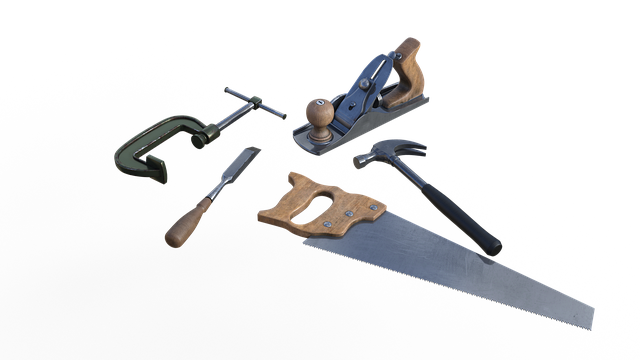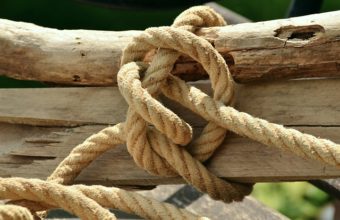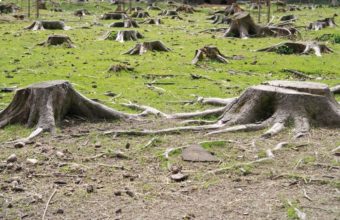Arborists use a wide range of tools and equipment to perform various tree care tasks safely and efficiently. Their toolkit can vary depending on the specific job at hand, such as pruning, removal, planting, or health assessments.
Here’s a broad overview of the types of tools and equipment commonly used by arborists…
Climbing Equipment
- Climbing Ropes – for safely ascending and descending trees.
- Harnesses – Provide support and safety for the climber; specialized tree climbing harnesses have multiple attachment points.
- Carabiners and Climbing Hardware – Metal loops with spring-loaded gates used to quickly and reversibly connect components.
- Ascenders and Descenders – Devices that facilitate climbing up or controlling descent on a rope.
- Helmets – Protective headgear to safeguard against falling debris and impacts.
- Lanyards and Fliplines – Short lengths of rope or cable used to secure the climber to the tree, allowing for hands-free work.
- Friction Savers – Devices that protect the tree and climbing rope from wear and tear.
Cutting Tools
- Chainsaws – For cutting through large branches and tree trunks.
- Hand Saws – For more precise cutting tasks that cannot accommodate a chainsaw.
- Pruning Shears (Hand Pruners) – For cutting smaller branches and fine tuning the shape of trees.
- Loppers – Like hand pruners but with longer handles for additional leverage and reach.
- Pole Saws and Pruners – Allow for cutting branches at higher elevations from the ground.
Rigging Equipment
- Rigging Ropes – Strong ropes used for controlling the descent of heavy branches or tree sections safely to the ground.
- Pulleys and Blocks – Used in conjunction with rigging ropes to manage loads and reduce the effort needed to control heavy pieces.
- Slings – Straps used to attach rigging ropes to branches securely.
Safety Gear
- Personal Protective Equipment (PPE) – Including gloves, eye protection, hearing protection, and chainsaw protective clothing (e.g., chaps or pants).
- First Aid Kit – for dealing with minor injuries on site.
Miscellaneous Tools and Equipment
- Wood Chippers – For processing branches and debris into wood chips.
- Stump Grinders – For removing tree stumps after a tree has been cut down.
- Vehicles and Trailers – For transporting tools, equipment, and debris.
- Soil Management Tools – Like augers for planting or air-spades for aerating compacted soil around tree roots.
- Watering Equipment – For tree planting and young tree care.
Diagnostic Tools
- Resistographs and Tomographs – For assessing the internal health of trees and detecting decay.
- Soil Testing Kits – To analyze soil conditions and nutrient levels.
The choice of tools and equipment is guided by the task at hand, the size and type of tree, and the specific conditions of the work site. Proper training in the use and maintenance of this equipment is for safety and effectiveness in arboricultural practices.




